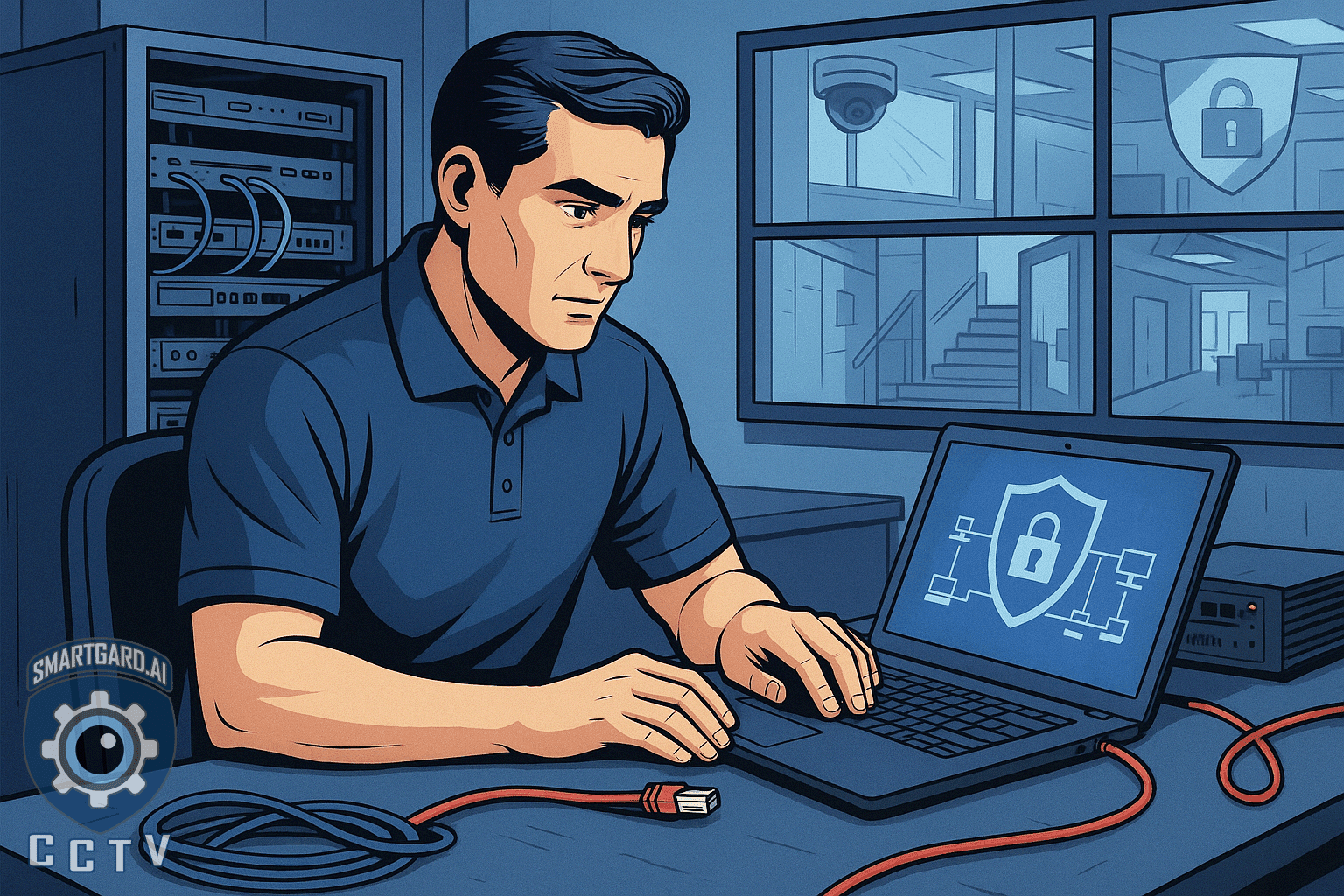CCTV Firewall and Security Configuration
Unprotected cameras are an easy target. We secure your CCTV with firewall rules, encryption, and access controls.

CCTV Firewall and Security Configuration
Modern CCTV systems are connected to business networks and often to the internet. Without proper protection, they can become an easy target for hackers or unauthorised access. We configure firewalls and security settings to keep your CCTV system safe, ensuring only trusted users can view or manage the cameras.
This includes securing NVRs, IP cameras, and remote access points so that video streams are protected against external threats. We also apply best practices for passwords, encryption, and network segmentation.
Why this matters
Unprotected CCTV systems are one of the most common entry points for cyberattacks. A weak password or open port can expose your business to serious risks. Proper firewall and security configuration keeps your cameras safe and your video data private.
Our services include:
- Firewall setup and configuration for CCTV networks
- Restricting and monitoring remote access to cameras and NVRs
- Strong password and user management policies
- Network segmentation to isolate CCTV traffic
- Encryption setup for video streams and recordings
FAQ
Can someone hack into my cameras?
Yes, unsecured cameras are vulnerable. With proper firewall rules and security measures, the risk is significantly reduced.
Do I need a separate firewall for CCTV?
Not always. A properly configured existing firewall can protect CCTV, but in some cases a dedicated device for CCTV traffic is recommended.
Is remote viewing safe?
It can be, if set up with secure VPNs or encrypted channels. Exposing cameras directly to the internet is unsafe.
Will security settings slow down my system?
No. Correctly configured firewalls protect your network without reducing video quality or speed.
Do I need to change passwords on cameras and recorders?
Yes. Default passwords are a common security hole. Strong, unique credentials are essential for every device.

